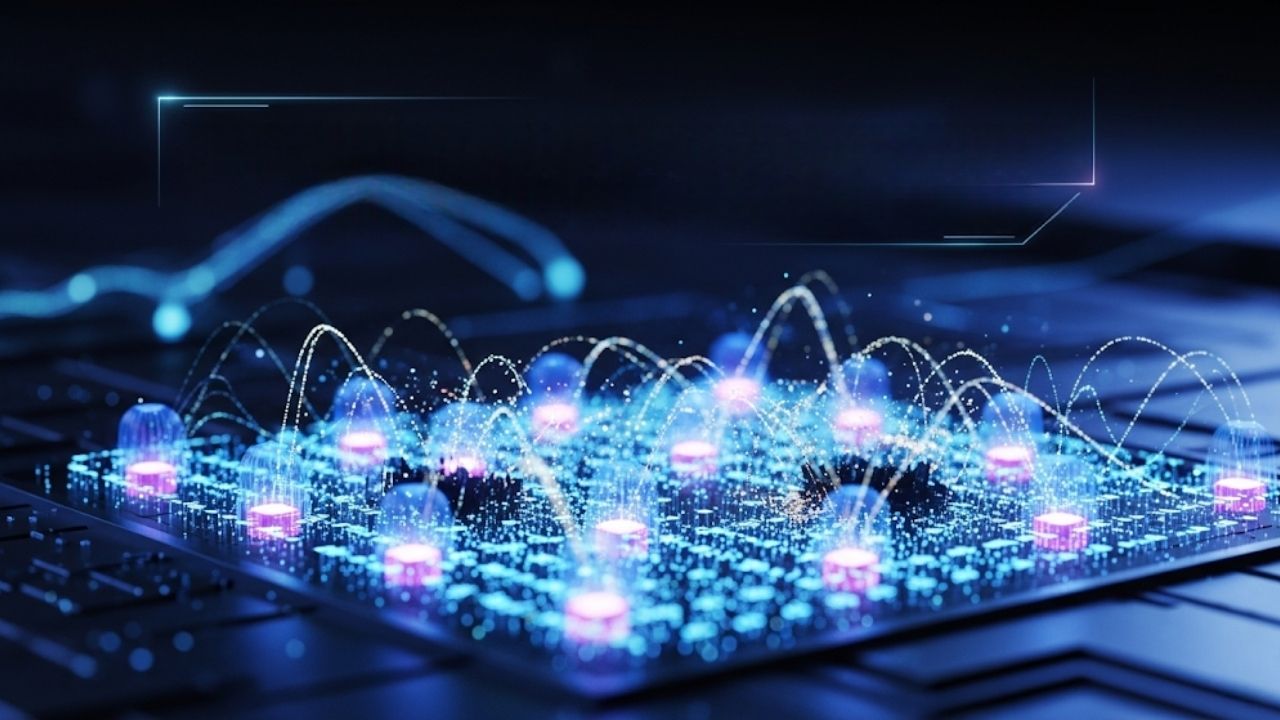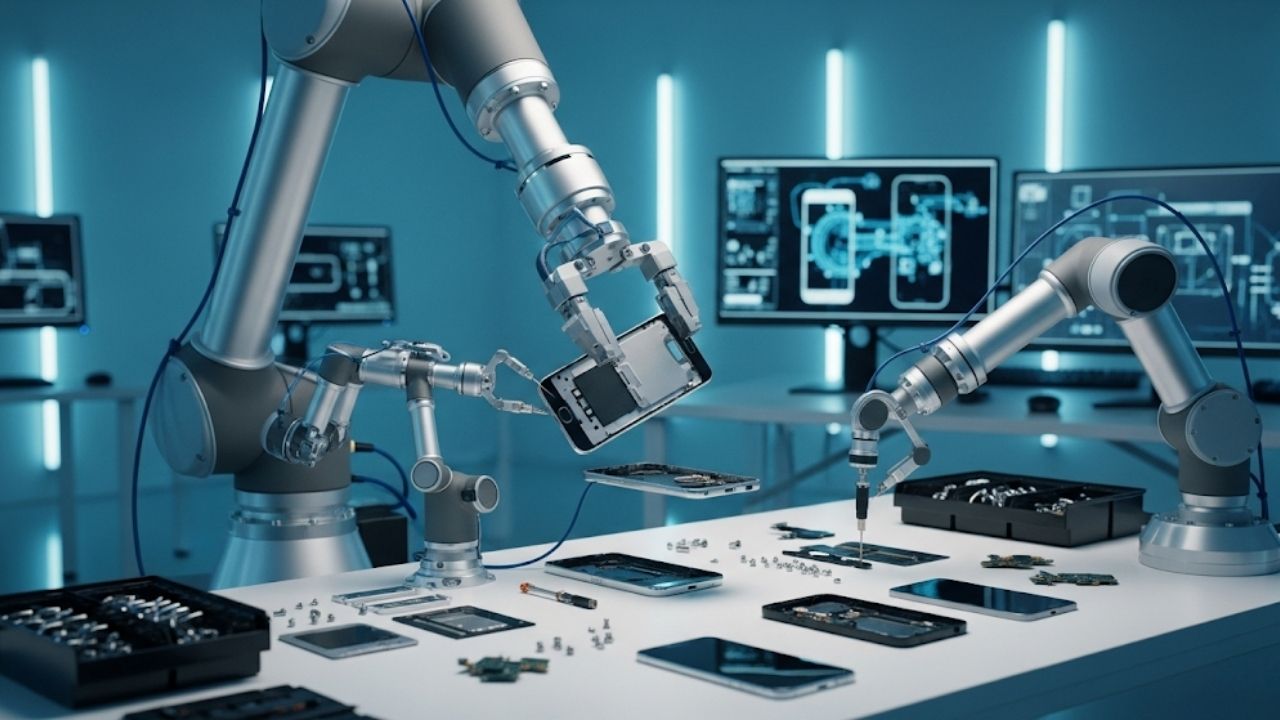The field of artificial intelligence is experiencing a revolution, and at the heart of this transformation lies the invention of brain-like AI chips that can teach themselves. These chips, inspired by how the human brain works, are not just another step forward in computing—they represent a leap that could change everything from healthcare to robotics, smart homes, and beyond.
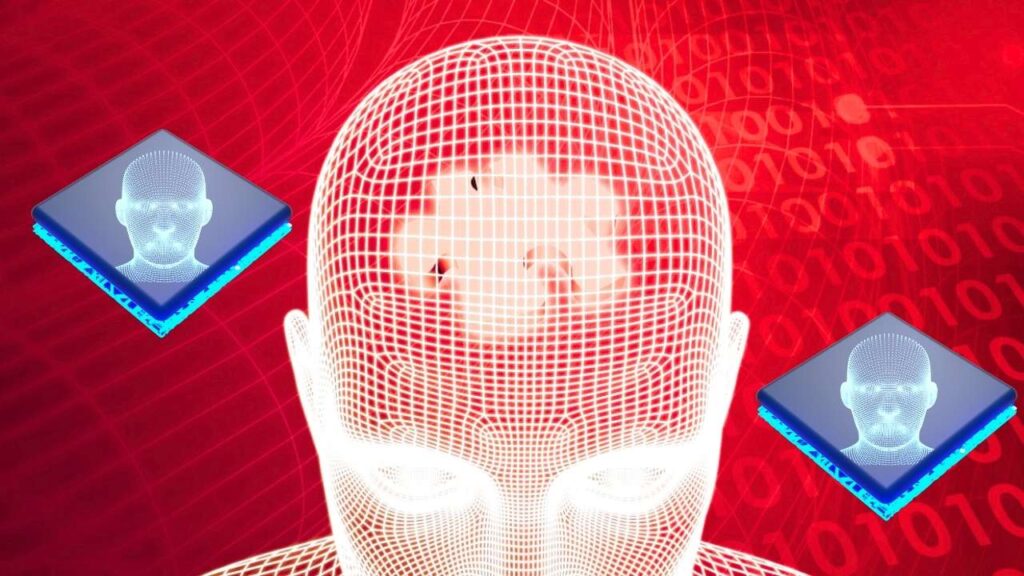
In this article, we’ll break down what these brain-inspired AI chips are, how they function, who’s leading the charge (with a special focus on Israeli scientists), and what this means for the future of technology and your career. Whether you’re a student, a tech enthusiast, or a professional, you’ll find clear explanations, practical advice, and valuable insights here.
World’s First Brain-Like AI Chip That Teaches Itself
| Key Point | Details |
|---|---|
| What’s New? | Brain-like AI chips can now learn and adapt on their own, mimicking the human brain’s ability to process, store, and improve information. |
| Who’s Leading? | Major advances from Israeli scientists, with contributions from global leaders in Korea, the USA, and Germany. |
| How Does It Work? | Uses neuromorphic design—combining memory and processing in a single unit, often using memristors and advanced neural network architectures. |
| Why Does It Matter? | Enables real-time learning, ultra-low power use, and smarter, more secure devices in fields like medicine, security, and autonomous vehicles. |
| Career Impact | Creates new opportunities in AI hardware, neuromorphic engineering, robotics, and embedded systems. |
| Official Resource | KAIST Neuromorphic Research Center |
Brain-like AI chips that teach themselves are not just a futuristic dream—they are becoming a reality, thanks to pioneering work by Israeli scientists and global research teams. These chips, inspired by the human brain, can learn, adapt, and self-correct, all while using a fraction of the energy required by traditional computers. The result? Smarter, more secure, and energy-efficient devices that will transform healthcare, transportation, security, and daily life.
Whether you’re a student, a professional, or a business leader, now is the perfect time to learn about this breakthrough technology and prepare for a future where machines can truly learn and grow alongside us.
What Is a Brain-Like AI Chip?
A brain-like AI chip, also called a neuromorphic chip, is a computer chip designed to mimic how the human brain works. Unlike traditional computer chips that simply follow instructions, these chips can:
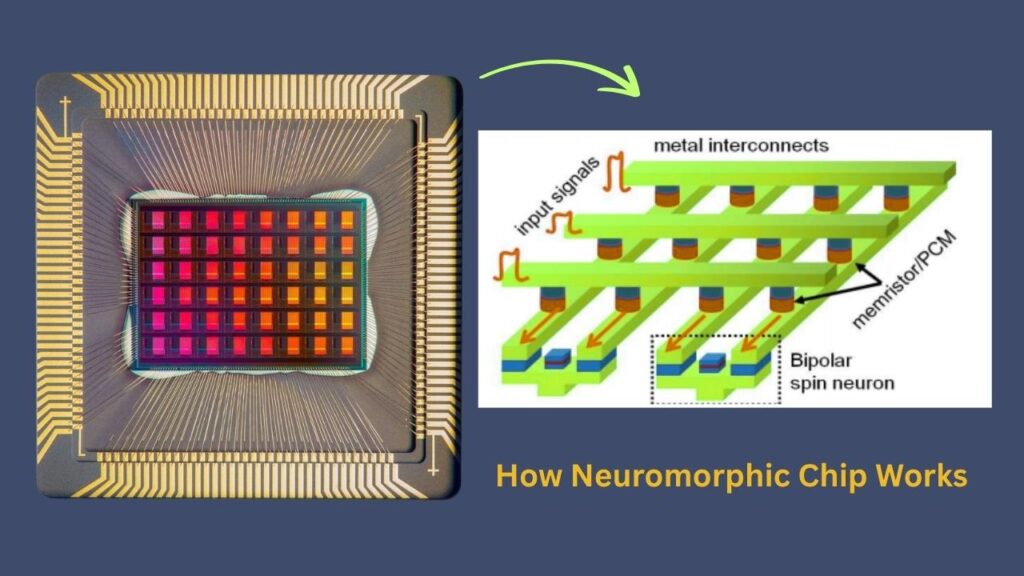
- Learn from experience
- Adapt to new information
- Correct their own mistakes
- Operate with very low power
Imagine the difference between a calculator (which only does what you tell it) and a human student (who can learn, remember, and get better over time). Neuromorphic chips are like that student—they get smarter as they work.
How Are They Different from Regular Chips?
Traditional chips have two main sections: one for processing (the CPU) and one for memory. Data has to travel back and forth between these sections, which uses a lot of energy and slows things down.
Brain-like chips combine both jobs in one place, just like our brains do. This allows them to process and store information simultaneously, making them much more efficient and responsive.
The Science Behind Self-Learning Chips
How Do These Chips Learn?
The magic lies in their structure. These chips use components called memristors (memory resistors). Memristors can adjust how much electricity they let through, depending on the history of signals they’ve received. This is similar to how synapses in the brain strengthen or weaken as we learn new things.
When a neuromorphic chip processes data, it adjusts its own circuits to improve performance. For example, if the chip is analyzing sound, it can learn to recognize a specific voice or tune, even as background noise changes.
Real-World Example
Consider a medical device that monitors a patient’s heart rhythm. With a brain-like chip, the device can learn what’s normal for that patient and quickly spot any dangerous changes, alerting doctors instantly. This kind of real-time, personalized learning is difficult with traditional chips.
Why Is This a Big Deal? (Benefits and Applications)
1. Energy Efficiency
Modern AI systems can use enormous amounts of electricity. For example, training a large AI model can consume as much energy as several households use in a year. Neuromorphic chips use far less power, making them ideal for devices that need to run continuously, such as health monitors, smart sensors, and wearable tech.
2. Real-Time Learning and Adaptation
Because these chips can learn and adapt on the spot, they’re perfect for tasks that need quick decisions—like autonomous vehicles, robotics, and industrial automation. For instance, a self-driving car with a brain-like chip can react to unexpected road conditions as quickly as a human driver.
3. Enhanced Security and Privacy
Since neuromorphic chips can process and analyze data directly on the device, there’s less need to send sensitive information to remote servers. This reduces the risk of hacking and keeps your personal data safer.
4. Smarter Devices Everywhere
From advanced prosthetics that adapt to a user’s movements, to home assistants that learn your preferences, brain-like chips are set to make everyday technology more helpful and intuitive.
How Do These Chips Work? (A Step-by-Step Guide)
Step 1: Building a Brain-Inspired Network
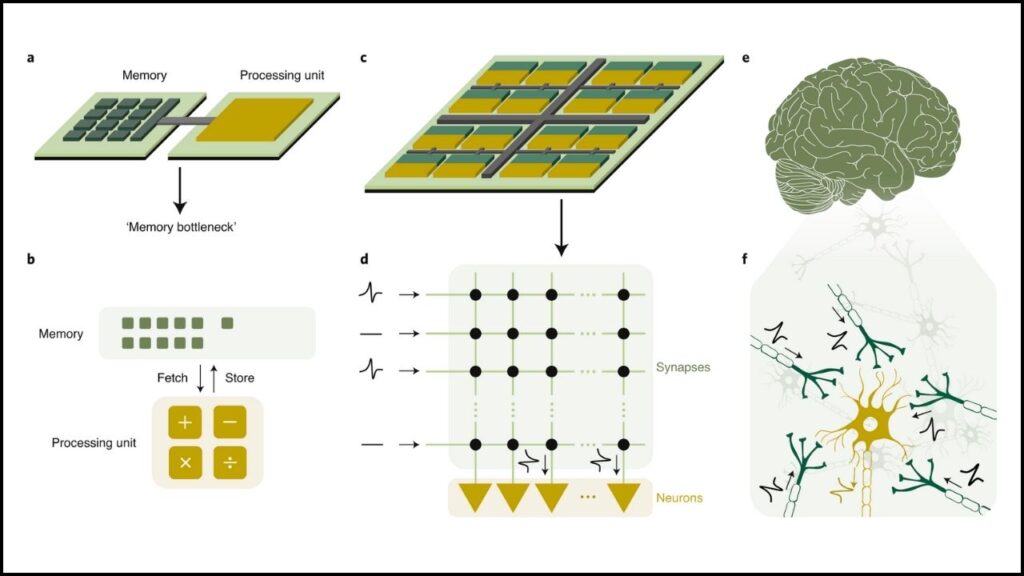
- The chip is designed to resemble a network of brain cells (neurons) and their connections (synapses).
- Memristors act as the “synapses,” adjusting their strength as the chip learns.
Step 2: Learning from Experience
- As the chip receives new information (like a sound, image, or sensor reading), it processes and stores it at the same time.
- If the chip makes a mistake (for example, misidentifying an object), it can change its internal wiring to improve next time.
Step 3: Continuous Self-Improvement
- The chip keeps learning and adapting as it receives more data.
- It can “rewire” itself to handle new challenges, just as the brain forms new connections when we learn new skills.
Step 4: Ultra-Low Power Operation
- Because processing and memory are combined, the chip uses much less energy than traditional computers.
- This makes it perfect for devices that need to operate for long periods on small batteries, such as hearing aids or implantable medical devices.
Who’s Leading the Way? (Global and Israeli Innovations)
Israeli Breakthroughs
Israeli scientists have been key players in neuromorphic research. Their work includes:
- Brain-on-a-chip technology: Israeli startups have pioneered platforms that combine living brain cells with electronic chips, allowing for advanced drug testing and new forms of AI learning.
- Robotic brain interfaces: Researchers in Israel have developed chips that mimic parts of the brain, such as the cerebellum, and have used them to restore lost functions in animal models.
- AI algorithms inspired by brain activity: Israeli teams are developing new learning algorithms that mimic the way neurons interact, leading to faster and more efficient AI.
Global Leaders
- KAIST (Korea): Developed a neuromorphic chip capable of learning and correcting errors autonomously, using memristors to combine memory and processing. Their research is at the forefront of practical neuromorphic hardware.
- Purdue University (USA): Created reprogrammable chips that can “rewire” themselves as they learn, enabling dynamic adaptation to new tasks.
- Technical University of Munich (Germany): Developed the AI Pro chip, which can learn from small amounts of data and operate securely without relying on cloud servers.
Practical Advice: How to Prepare for the Neuromorphic Future

For Students and Young Learners
- Study the basics of neuroscience and AI. Understanding how the brain works will help you grasp neuromorphic computing.
- Experiment with electronics and programming. Building simple circuits and learning to code (especially in Python) are great starting points.
- Stay curious and follow new research. Many breakthroughs are published by universities and research centers.
For Professionals and Researchers
- Explore neuromorphic hardware platforms. Try out chips like Intel’s Loihi or BrainChip’s Akida to get hands-on experience.
- Develop skills in embedded systems and edge computing. These areas will see the biggest impact from brain-like chips.
- Keep up with security and privacy best practices. On-device AI changes how we think about protecting sensitive data.
For Businesses and Innovators
- Evaluate where real-time, adaptive AI could benefit your products. From smart cameras to medical devices, neuromorphic chips offer new possibilities.
- Consider energy efficiency and privacy as selling points. Devices that learn on their own and keep data secure will stand out in the market.
- Partner with research institutions. Collaborating with universities and labs can accelerate innovation and give you access to cutting-edge technology.
China’s AI Chip War Strategy May Already Be Outpacing the West’s Response
Massive Doudna Supercomputer Will Use IBM Tech to Drive AI-Powered Science
SpeechSSM Breakthrough Brings Hyper-Realistic AI Voices in Record Time
FAQs About World’s First Brain-Like AI Chip That Teaches Itself
What is a neuromorphic chip?
A neuromorphic chip is a computer chip designed to work like the human brain, combining memory and processing to learn and adapt over time.
How do these chips learn by themselves?
They use special components called memristors that change their resistance based on past activity, allowing the chip to strengthen or weaken its connections as it learns.
Are these chips already in everyday products?
Some early versions are being tested in smart cameras, sensors, and medical devices, but widespread use is still a few years away.
Will these chips replace traditional computers?
Not entirely. They’re best for tasks that need real-time learning and low power, while regular computers are still better for big calculations and general tasks.
Is this technology safe?
Yes, and it can even improve safety by keeping sensitive data on the device instead of sending it to the cloud.
The Road Ahead: What’s Next for Brain-Like AI Chips?
The development of brain-like AI chips that teach themselves is still in its early stages, but the progress is rapid and promising. As more research teams and companies join the effort, we can expect these chips to become more powerful, affordable, and widely available.
In the coming years, we’ll likely see:
- Smarter medical devices that can adapt to each patient’s needs.
- Autonomous vehicles that learn from every mile driven.
- Personal assistants that understand and anticipate your habits.
- Industrial robots that optimize themselves for new tasks.
The potential is enormous, and the impact will be felt across every industry.
